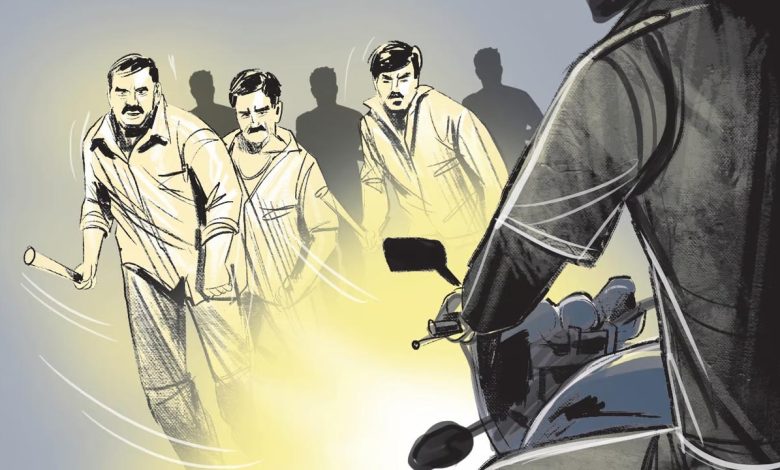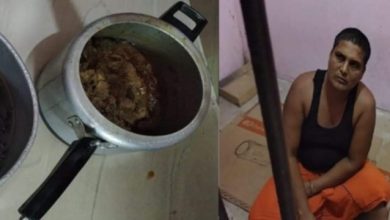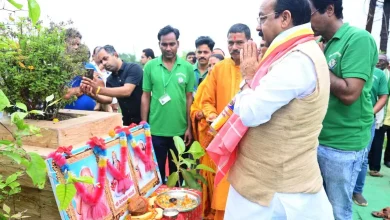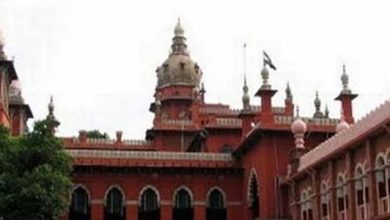Gang celebrations and attacks surge despite KAAPA enforcement in Kerala

KOCHI: Recently, an Instagram reel went viral showing a group of over 60 individuals celebrating the release of their gang leader, Anup, in a secluded paddy field in Kuttur near Thrissur. The event was organised to welcome Anup, who had spent around four years in prison as the main suspect in a murder case. To publicise the celebration, junior gang members recorded the event and shared a reel featuring songs from the popular Malayalam movie ‘Aavesham.’ The video also showed gang members carrying liquor cartons into the field.
Earlier in Alappuzha, about 25 individuals with criminal backgrounds, including those framed under KAAPA, attended a wedding reception in Kattoor. In Ernakulam, the incidents of goonda attacks have been reported multiple times recently.
After a brief lull, gangsters have reared their heads again, causing frequent and alarming chaos in the state. Even criminals who have been placed under preventive detention are disrupting public peace and posing a challenge to law enforcement agencies. Experts suggested that gangs are exploiting lapses in the enforcement of KAAPA, allowing them to operate with relative impunity. To combat the rise in gang violence, the state police launched the Action Against Goons (AAG) initiative.
On April 1, 2022, the home department issued a notification directing all district collectors to use their powers under KAAPA against individuals involved in anti-social activities. Despite these efforts, it seems, the number of gang-related incidents has not decreased. Data from the home department reveals that over the past three years, district police chiefs have reported approximately 2,000 anti-social elements for action under KAAPA. Of these, 1,028 habitual offenders were arrested and put under preventive detention, while 22 are still at large. However, recommendations to invoke KAAPA against 1,106 accused were rejected. In the same period, 96 gang attacks were reported, resulting in 12 deaths. In these cases, 463 gang members were booked, and 459 were arrested.
“KAAPA is effective in dealing with gangsters, but it needs to be properly implemented,” said former SP T K Raj Mohan. According to the provisions of KAAPA, the district police chief must report those involved in anti-social activities to the IG or district collector. The IG can then issue an order to deport the person for six months, while the collector, acting as the district magistrate, can decide on deportation, bond execution, or arrest. “Due to political interference and other vested interests, reports sometimes remain pending, allowing the accused to approach the High Court and obtain bail,” Raj Mohan explained.
The Act defines ‘anti-social activity’ as actions that cause or are likely to cause insecurity, danger, or fear among the public, or threaten public safety, health, the environment, or public and private property. It also defines ‘goonda’ as a person who is involved in or promoting illegal activities harmful to public order.
A ‘known goonda’ is someone who has committed such acts within the past seven years, either found guilty by a court or identified through an investigation. A ‘known rowdy’ is similarly defined but with a specific focus on repeated offences. Justice K Narayana Kurup, former head of the State Police Complaints Authority, noted that the KAAPA is a replication of the Goonda Act, primarily aimed at preventing unlawful activities. “It is the responsibility of law enforcement agencies to identify these individuals and take appropriate action,” he added.





